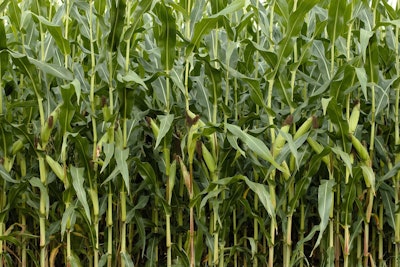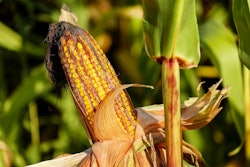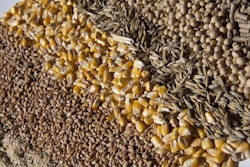
Depending on imports to meet the needs of the U.S. organic corn market may soon be a thing of the past, according to the most recent Mercaris’ Monthly Market Update.
A steady increase in production has the U.S. closing the import gap at a rapid pace.
“As recently as 2016/2017, the U.S. imported 42% of its organic corn needs,” says Ryan Koory, Director of Economics for Mercaris. “Given the current pace of imports, the U.S. will be on pace to reach the lowest level of imports in eight years for the 2020/21 marketing year. Per our estimates, offsetting imports this year would only require an additional 59,000 acres of corn.”
Koory notes that while the transition from import reliance to self-sufficiency is attainable within the next few years, the prospect of liberating U.S. organic corn markets from corn imports will bring a new set of challenges to the market.
“We, as an industry, have to consider what happens when the U.S. produces more organic corn than it can consume,” says Koory. “While exports and carryover stocks would seem like a simple answer in U.S. agriculture, this will be new ground for organic field crop producers. It may be time to invest serious consideration into what the markets will look like in the future.”
U.S. harvested organic corn acres have expanded 43% since the 2016 harvest, and yields have improved 6 percent, helping to rapidly close the import gap. While the gap will not be fully closed in 2020/21, Mercaris estimates further support the idea that the long history of U.S. dependency on organic corn imports may soon be coming to a close.
Mercaris’ full monthly report covering organic and non-GMO markets for corn, soy, oats, broiler, eggs and milk is now available atmercaris.com.





















